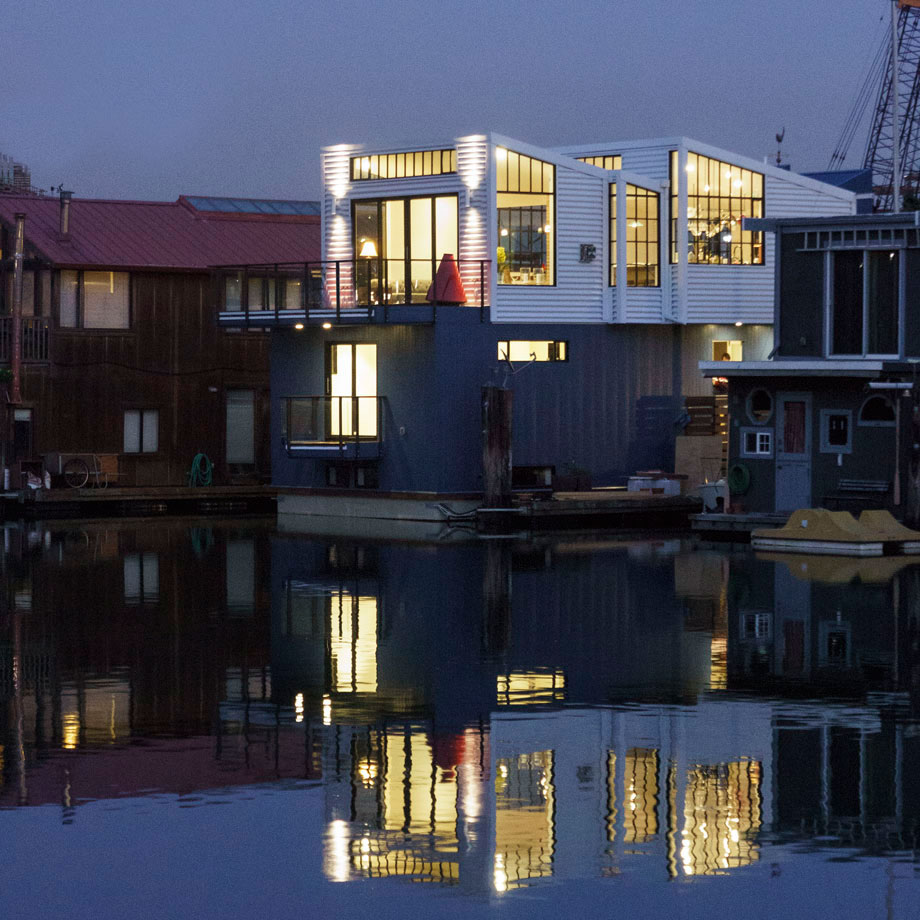GET PUBLISHED: SF / LA INTERIORS
My architect and designer clients often ask how to get published. The feeling of validation, the notoriety among peers and the hope for future clients are the driving factors in seeking publication.
Traditional print magazines face tough challenges in today’s economy, added to the competition of new venues like online magazines, Houzz and Pinterest. This competitive environment has led to the closing of some magazines and consolidation within publishers. All in all, the number and page count of projects printed each year is reduced. So while the competition for placement in magazines is still strong, designers vie for fewer pages. Each magazine may have its own guidelines; but here are some general thoughts to help you submit your project for publication:
Know the look of the magazine and the details that make up their stories. Research the magazines you are submitting to. Do they need the homeowner to be named or photographed? How many photos of a project do they run and what are the number of pages for a story? Make sure you have enough content for a titles format.
How will your project fit within the mix of an issue? Editors try to balance a number of different interests in each issue. Your project needs to fit within this mix. Projects with a strong continuity of design that can be shown repeatedly in a series of photos make for good, cohesive stories.
Identify and order three publications that you feel your project could be in. Submit one at a time as you work your way down your list. Editors weed out pitches that are too general and you may even get a nonresponse. You may cite specific sections of the publication that would match up well with your project.
Your submission should be by email. Include a concise description of the project, the noteworthy elements and try to keep it short, under 500 words. Attach 6-10 small, but good quality, record photos as jpegs with your submission. These photos can be snapshots or professional photos. At this initial stage your record photos are entering a beauty contest with all the other submissions. Snapshots of a diamond in the rough might be picked up; but thoughtful, professionally photographed projects with an editorial intent are more likely to show the project in its best light. Do not send links to download. Make the photos easy and accessible; as they will be shared with many people on the editorial side as your project works its way to acceptance.
Before reaching out to a publication it can be beneficial to spruce up your website if you have one. Editors will Google you if they like what they are seeing. They will want to see an online CV. You can add photos of recent projects to your site but be cautious about adding photos that you have submitted for publication. Some publications will not run a story if it has been shown online. Although it is advantageous to post photos on your own website; or others like Houzz, Pinterest and Facebook to increase visibility, you have to know that this content becomes shareable. A publication may not want you to be sharing the project until it runs in its magazine.
Wait. Do not badger the editor. They are often overworked and have no support staff. You may want to include a “sunset clause” to the editor: . . It would be wonderful for this project to be in your magazine. If I do not hear back from you in a few weeks I may look for other publication possibilities. This way you can work down your list.
Though getting published is a random process, some projects get picked up with a short phone call; others work their way through many submissions and still never find placement. Take the time to submit your projects regularly to conventional print magazines and also capitalize on social media to reach larger audiences.
My photography is often the first step in a firm’s submission. When shooting a project I ask the designer a number of questions and sort out the publication potential of the project. I make my recommendations and suggest ways in which the project can be photographed in an editorial way; then go about creating the photos. With the finished photos the client can embark on the submission process when they are ready. Recently my photos have been used to submit to Architectural Digest, Veranda, Interiors, the New York Times and all the regional magazines, as well. The track record for interesting, fashion forward complete stories has been good. A few case studies follow.


Mt photography for client and designer Steven Volpe. Volpe submitted the photographs for publication to Architectural Digest, which printed the photos in early 2013.

Next off, a project published by House Beautiful. Designer Jean Larette commissioned my shots, then submitted them for publication to House Beautiful. The magazine reshot the project using my work as inspiration. This is common practice for interior and architectural publications so that they have new images with full copyright control.

My interior photography for San Francisco Designer Ben Dhong, published by House Beautiful.



I photographed this floating house in Sausalito, CA crafted by architect Robert Nebolon. The photographs were published by the New York Times for an article about the home.